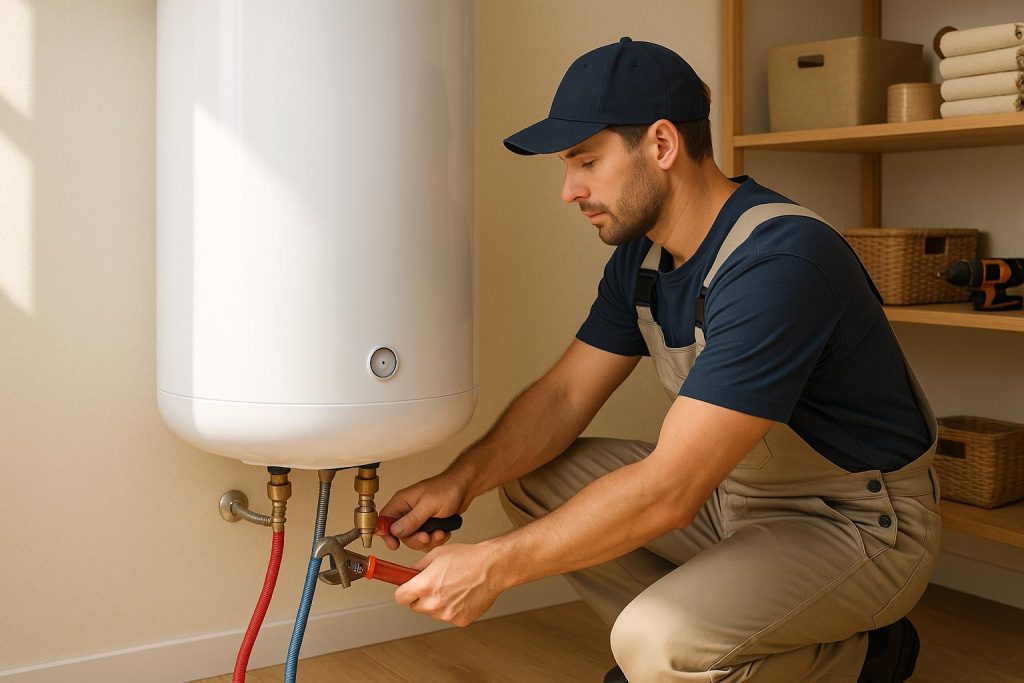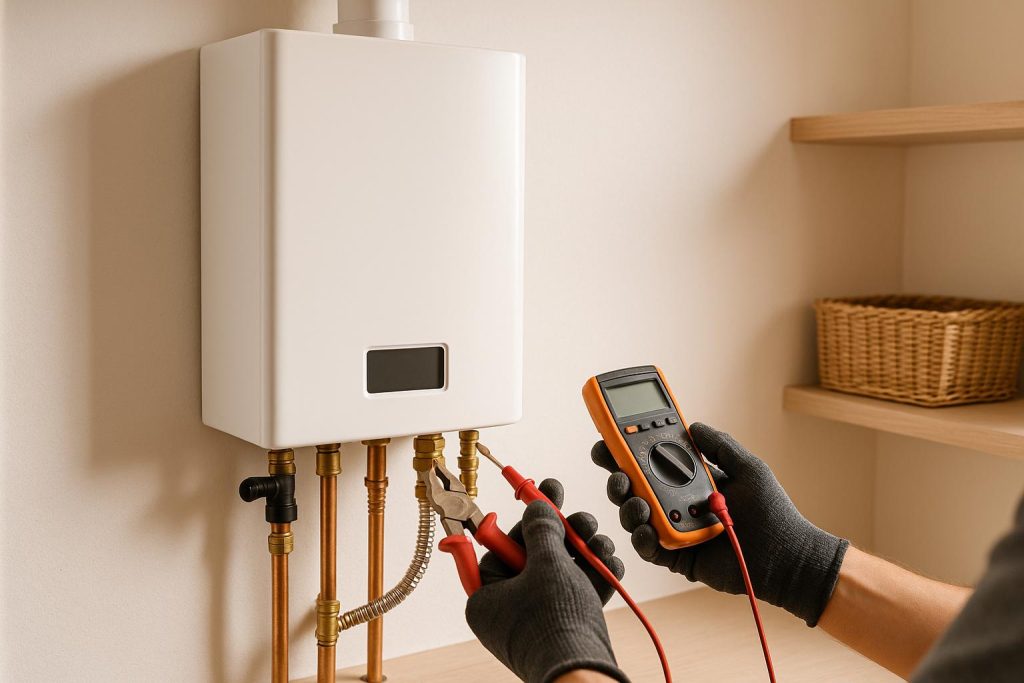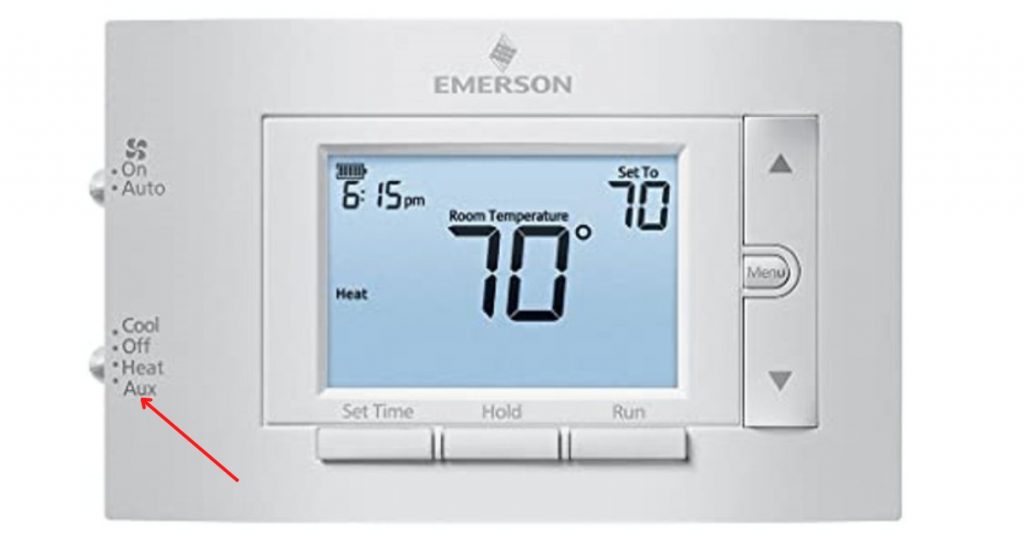
The auxiliary heat in a heat pump system is designed to assist the primary heat pump in extreme cold weather conditions or when the system’s efficiency drops. However, if the auxiliary heat keeps coming on frequently, it can be indicative of underlying issues.
Several reasons can trigger the frequent activation of auxiliary heat, including:
- Cold Weather: In extremely cold temperatures, the heat pump’s efficiency decreases, and the auxiliary heat is often needed to meet the heating demand efficiently.
- Incorrect Thermostat Settings: Improper thermostat settings, such as setting the emergency heat mode or cranking up the temperature too high, can cause the auxiliary heat to activate more frequently.
- Thermostat Location: The thermostat’s location can impact its ability to accurately sense the indoor temperature. If it’s placed near a heat source or in a drafty area, it may signal the auxiliary heat unnecessarily.
- Dirty Air Filters: Clogged or dirty air filters can reduce airflow, forcing the heat pump to work harder and potentially triggering the auxiliary heat.
- Refrigerant Issues: Low refrigerant levels or refrigerant leaks can affect the heat pump’s efficiency, leading to increased reliance on auxiliary heat.
- Poor Insulation: Insufficient insulation in your home can cause heat loss, making it challenging for the heat pump to maintain the desired indoor temperature without auxiliary heat.
- Heat Pump Size: An improperly sized heat pump may struggle to meet the heating demands of your home, leading to frequent auxiliary heat usage.
- Defrost Cycle: During the heat pump’s defrost cycle, auxiliary heat may activate briefly to compensate for the reduced heating capacity.
- System Malfunctions: Technical issues, such as sensor or control board malfunctions, can cause the heat pump to operate inefficiently, resulting in increased auxiliary heat usage.
How a Heat Pump Works
A heat pump is a unit located outside the house just like an air conditioner’s condenser unit. As a matter of fact, a heat pump has the same components as an air conditioner and both work the exact same way when used to cool the house in summer.
A refrigerant is cycled through a looped system (inside and outside the house) where it absorbs heat from inside the house and releases it outside. In winter, the air conditioner is turned off but the heat pump keeps going.
The only difference with a heat pump however is that it has a component known as a reversing valve which changes the direction of flow of the refrigerant.
Due to the physical properties of the refrigerant (low boiling point and high latent heat), it can extract heat from the outside air even when it is evidently cold outdoors. The heat extracted from the air is then used to heat the house.
Heat pumps however cannot depend on one source of heat to warm the house. During some times in winter, temperatures outside fall below freezing point (35 degrees) meaning that the heat pump can no longer extract sufficient heat from the air.
To prevent your indoor temperature from falling below your comfort zone, heat pumps are designed with a secondary heating source. When the heat pump can no longer extract heat from the outside air, the secondary heat source kicks in.
This secondary source of heat is what is known as auxiliary heat. It can be either in the form of electric resistance heating or even a natural gas furnace.
When the heat pump can no longer get heat from the air, auxiliary heat will kick in and you will get a notification on your thermostat that “AUX Heat” is on. This situation should however not last long.
The auxiliary heat should automatically turn off once the conditions outside have improved.
Why Does My Thermostat Keep Saying AUX Heat?
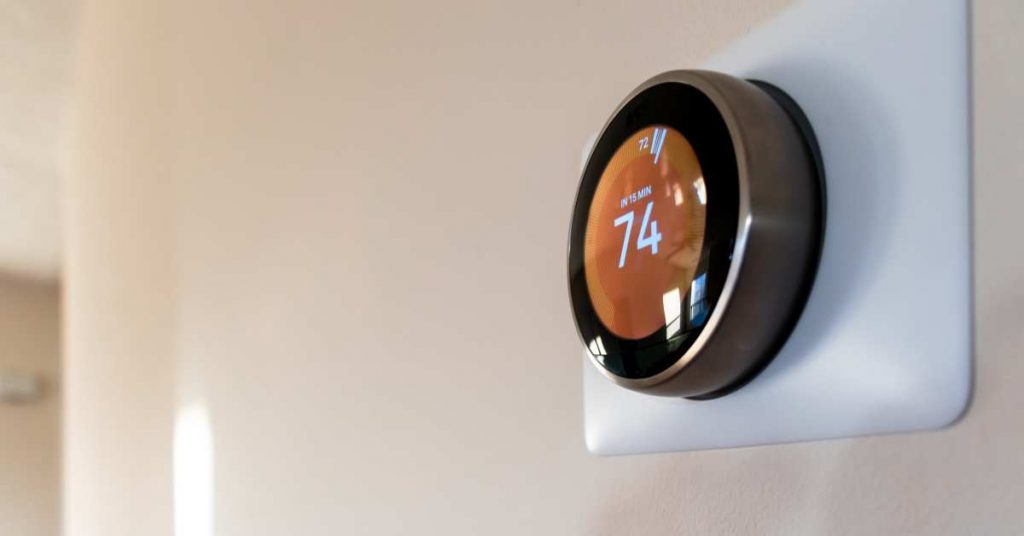
If you notice the AUX heat sign on your thermostat, it could be because of the following reasons:
1. Temperature Outside is Below Freezing Point
As I have already mentioned, for a heat pump to easily extract heat from the outside air, the temperature needs to be above the freezing point (32 degrees Fahrenheit). However, when temperature dips below that point, the auxiliary heat will need to come on to complement the primary heat source.
The first thing you should therefore do is walk outside with a thermometer and see what the temperature is. If it is clearly below freezing point, there is nothing wrong with your heat pump.
The auxiliary heat in this case should turn off as soon as the temperature outside increases above the freezing point.
Related: The temperature when heat pumps stop being effective
2. Your Heat Pump is in “Defrost Mode”

Can you see ice buildup on your heat pump unit outside the house? That could be the reason why your auxiliary heat is on. What that means is that the heat pump is most likely in a “defrost mode”.
When ice builds up on the heat pump especially the condenser coil, it becomes impossible for the refrigerant to pull heat from the surrounding air. To solve that problem, the heat pump’s reversing valves reverses the direction of flow of the refrigerant.
Instead of the hot refrigerant flowing inside the house for heating, it flows towards the condenser coil where it starts to melt the ice. During that process, it becomes necessary for the auxiliary heat to kick in and heat the house while the heat pump is “defrosting”.
One sign that your heat pump is in a “defrost mode” is steam or water coming from the unit. The heat pump’s fan will also not be running and in some models you can see a blinking light which indicates that the system is “defrosting”.
3. Indoor Temperature is 3 degrees Lower than Thermostat Setting
If the indoor temperature is 3 degrees lower that the temperature set on the thermostat, the auxiliary heat will come on to help the system get to the goal temperature quicker.
In short, auxiliary heating on a heat pump comes on when you need fast heating. When you come back from work for instance and increase the thermostat setting from say 630 F to 680 F, the auxiliary heat will come on until the goal temperature has been achieved.
It is important I mention that in this case the “AUX heat” sign on the thermostat does not show for a long time as can be the case when temperature is below freezing point. As soon as the goal temperature is reached (takes minutes), the auxiliary heat will automatically turn off.
4. Thermostat Temperature is Set Too High
If the temperature on your thermostat is set too high, you are simply telling your heat pump to extract as much heat as possible from the air. Sometimes a heat pump will be overwhelmed by your heating demands forcing the auxiliary heat to come on and supplement the primary heat source.
If your AUX heat is always on and your thermostat setting is above 70 degrees, try adjusting the temperature to between 62 and 68 degrees and see if the auxiliary heat will turn off.
If for some reasons you prefer high temperature in the house, you will have to contend with your heat pump drawing heat from its auxiliary heating. As I said, running a heat pump on auxiliary heat is quite expensive since it involves consumption of electricity or natural gas.
5. Problems with the Heat Pump
If auxiliary heat is on for something else than the points I have outlined above, there is definitely something wrong with your heat pump system. Some of the culprits are:
- Problem with the compressor
- Faulty defrost control board
- Low refrigerant level (leaks)
- Bad condenser fan motor
- Faulty reversing valve
These issues can only be investigated and fixed a profession HVAC technician. If AUX heat is always on in your thermostat and the issues discussed above are not the cause, you should call in a technician to troubleshoot and fix the problem.
It is also important to ensure that your heating system is always properly inspected/serviced before winter kicks in. An HVAC technician will tune up the system, change air filters and inspect all the moving parts so that you don’t need major repairs when winter finally kicks in.
Aux Heat vs EM Heat
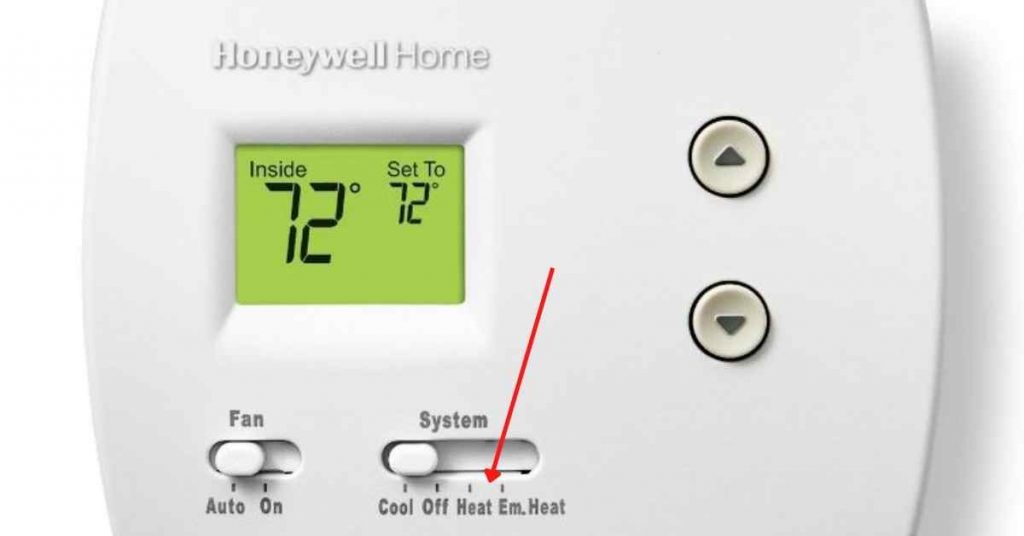
You should not confuse auxiliary heat and emergency heat if you own a heat pump. So, what is the difference between the two?
As we have seen, auxiliary heat kicks in automatically when the heat pump is unable to generate enough heat on its own. However, emergency heat needs to be manually turned on using a button on the thermostat.
Usually, emergency heat as its name implies should be used only during emergencies. When the heat pump is damaged like when a tree crushes on the heat pump outdoor unit, you simply turn on emergency heat until the unit has been fixed.
By turning the emergency heat on, you are simply telling the system to ignore the primary heat source and draw heat 100% from the secondary heat source until you turn it off. On the other hand, auxiliary heat is simply there to supplement the primary heat source.
If someone accidentally turned the emergency heat on yet the heat pump has no issues, all you need to do is turn it off. Again, emergency heat should only be used as the system’s fail-safe until problems with the heat pump have been fixed.
Wrap Up
I hope that the explanation above has helped you understand why your AUX heat is on. In some cases all you need to do is wait for the temperature outside to increase, let the system finish to “defrost” or adjust your thermostat settings.
If that does not work then you are better off calling an HVAC technician to troubleshoot and fix the problem.


